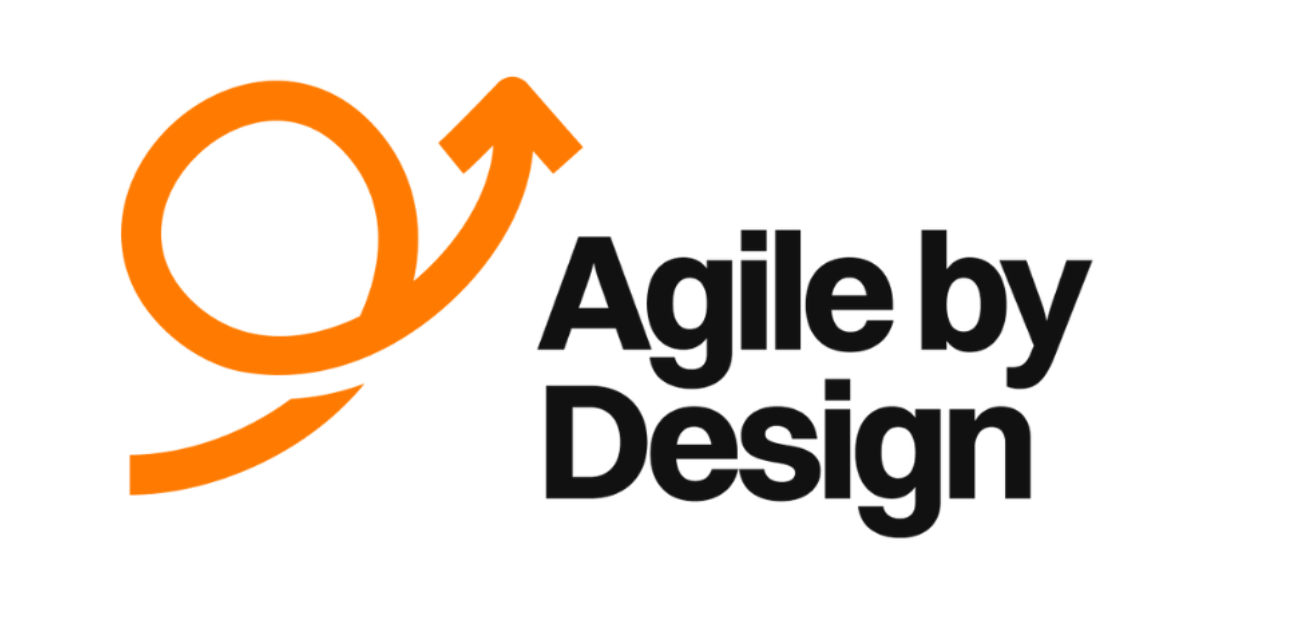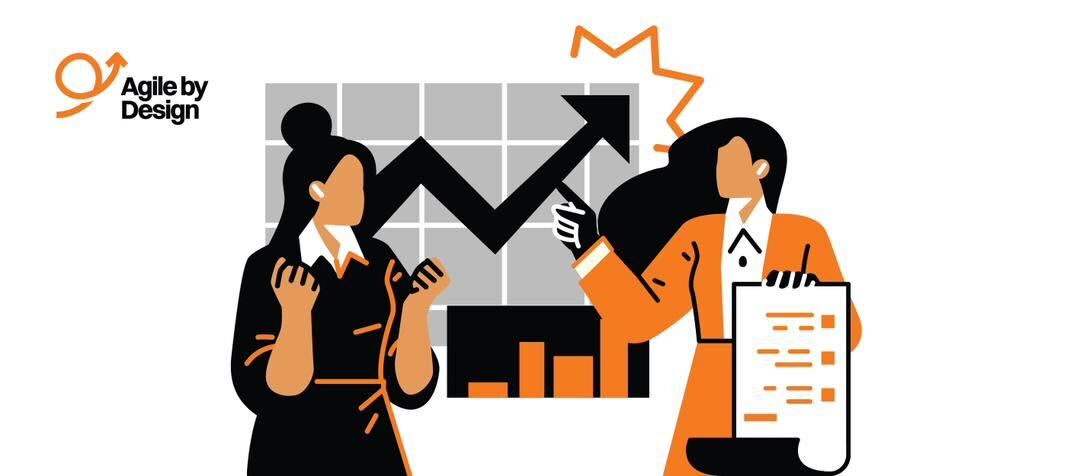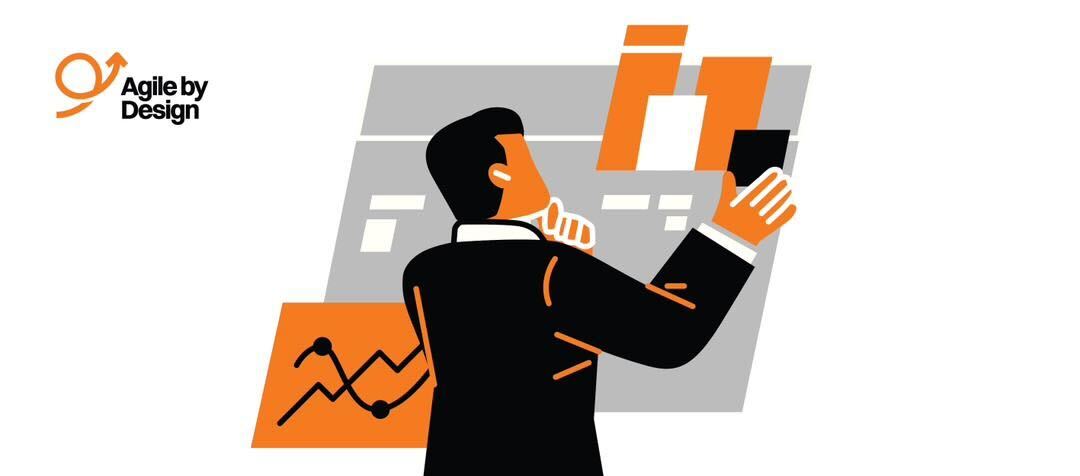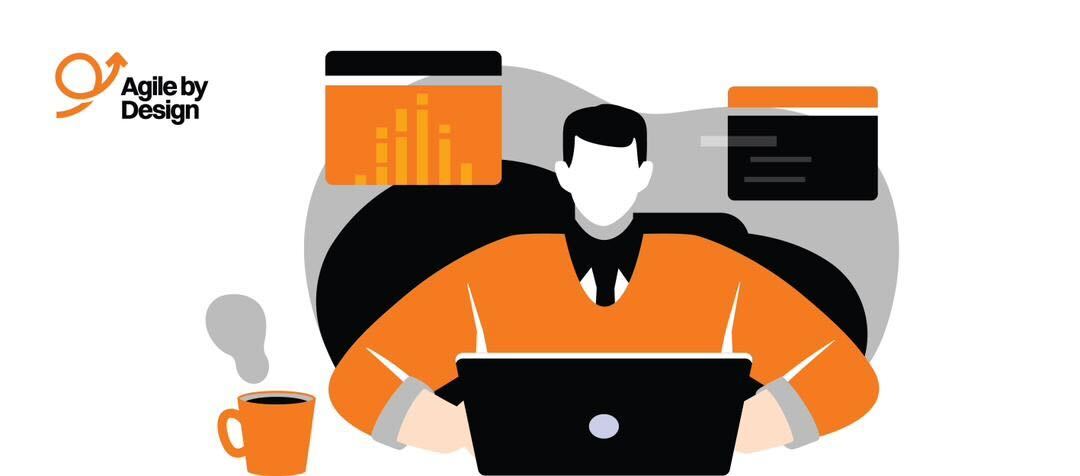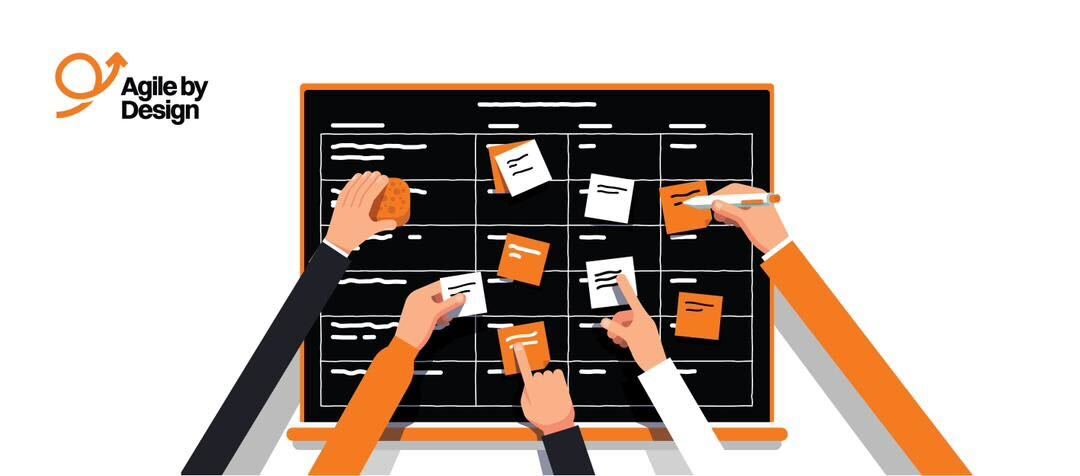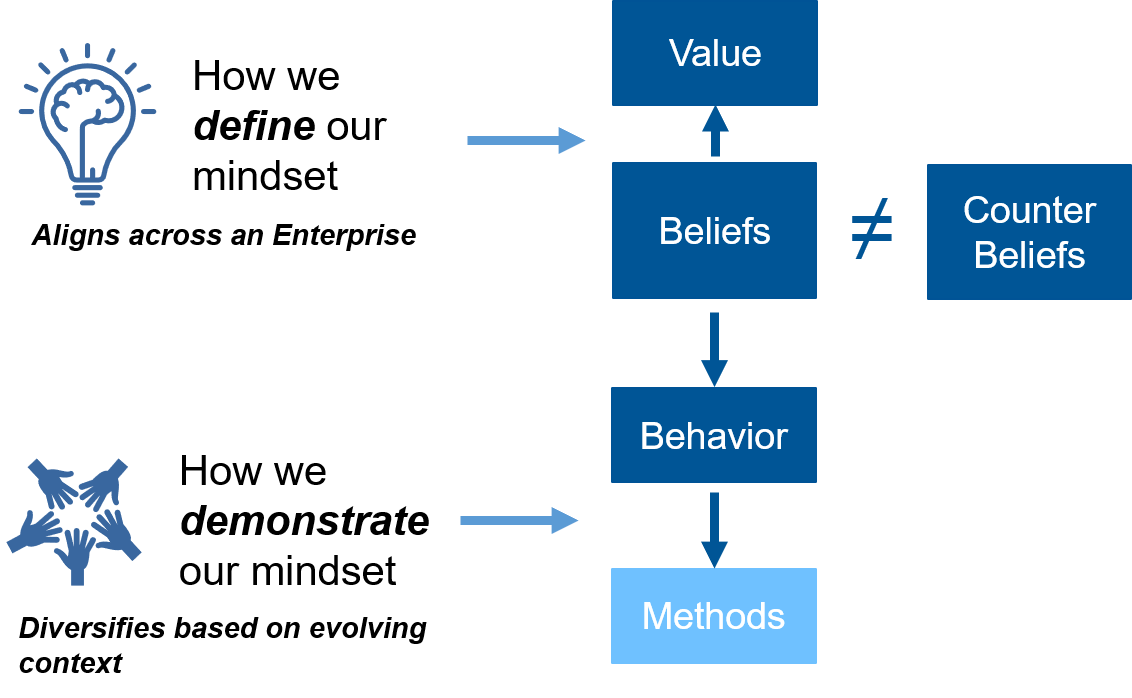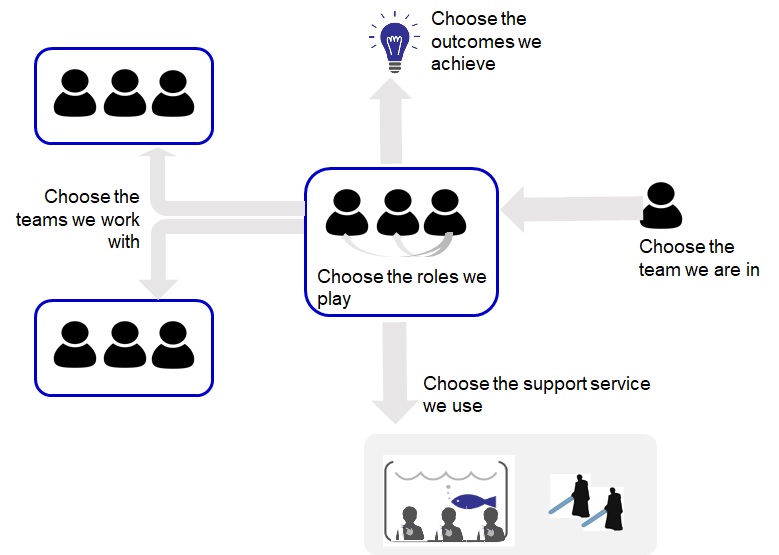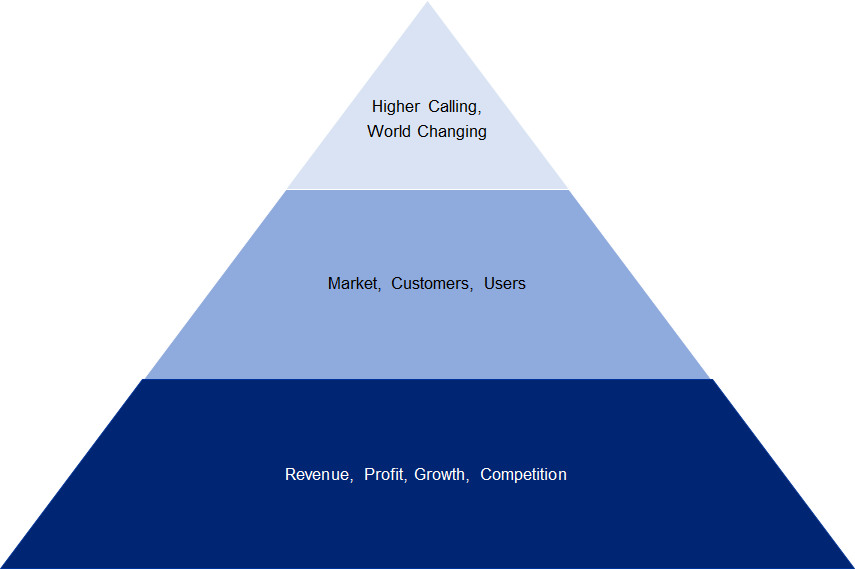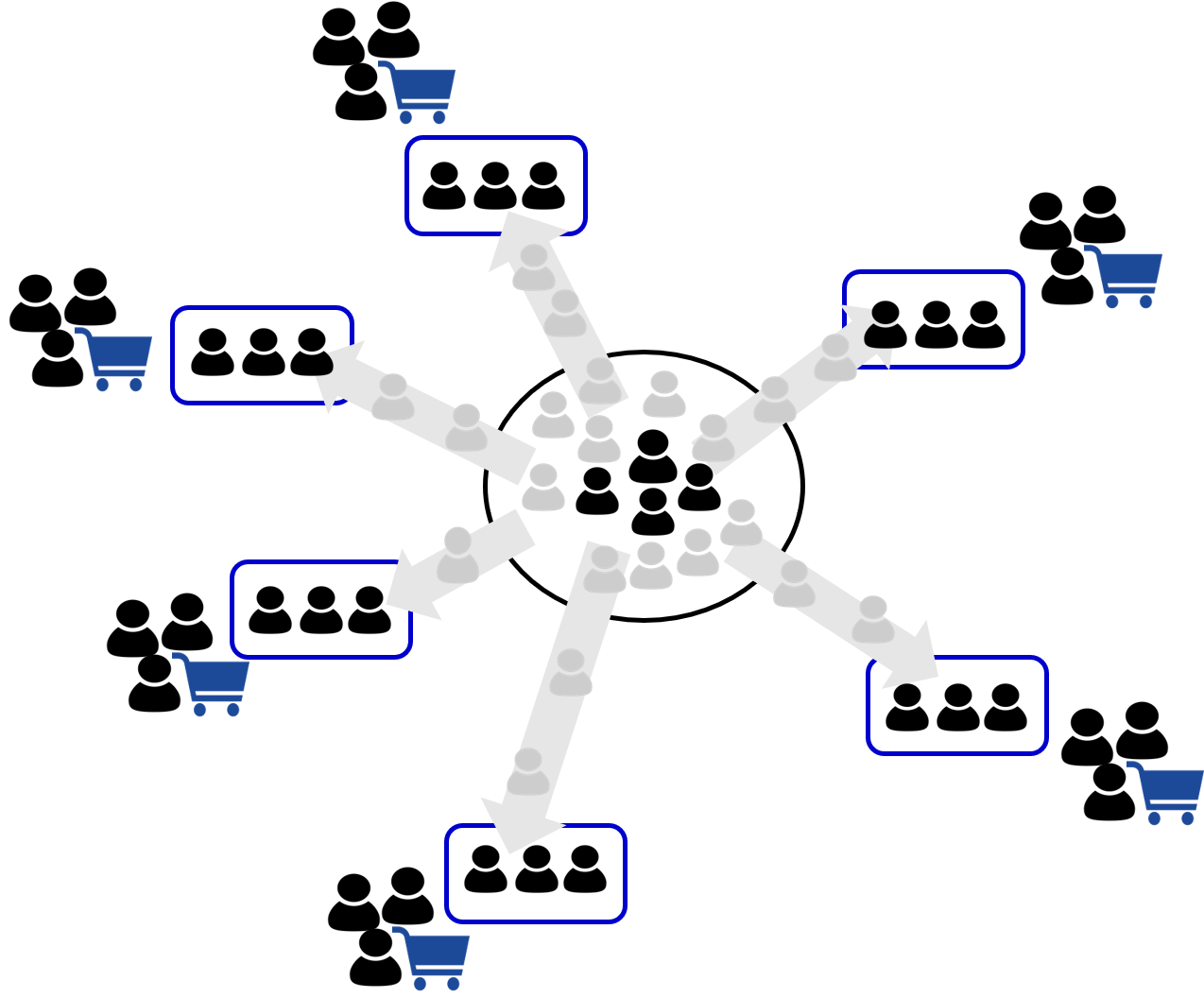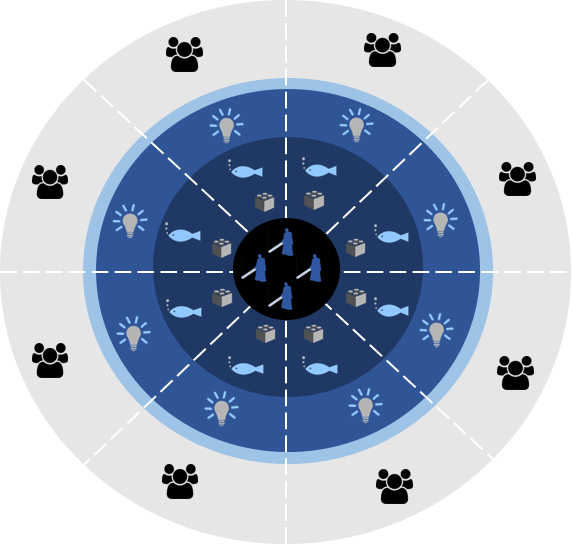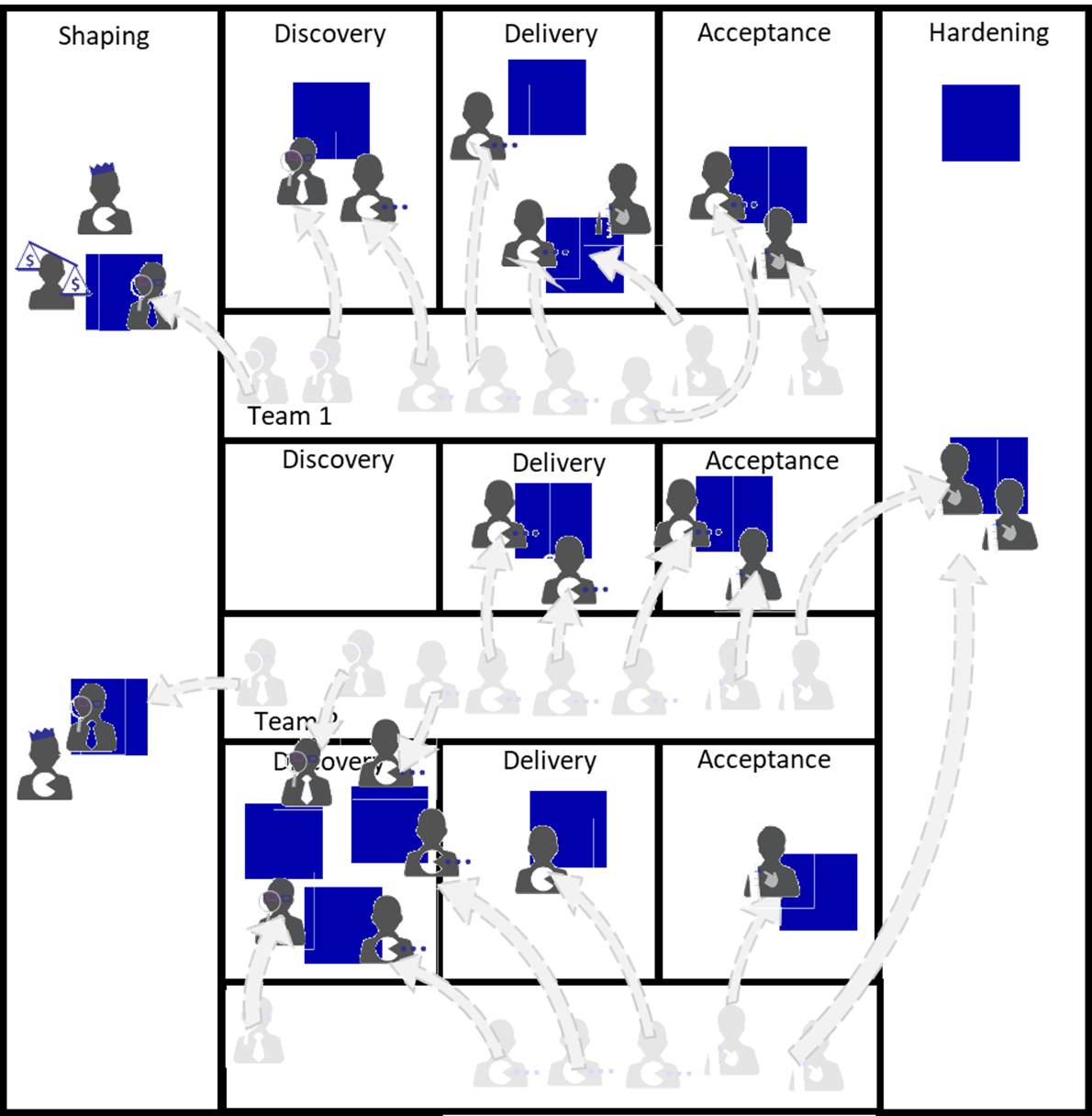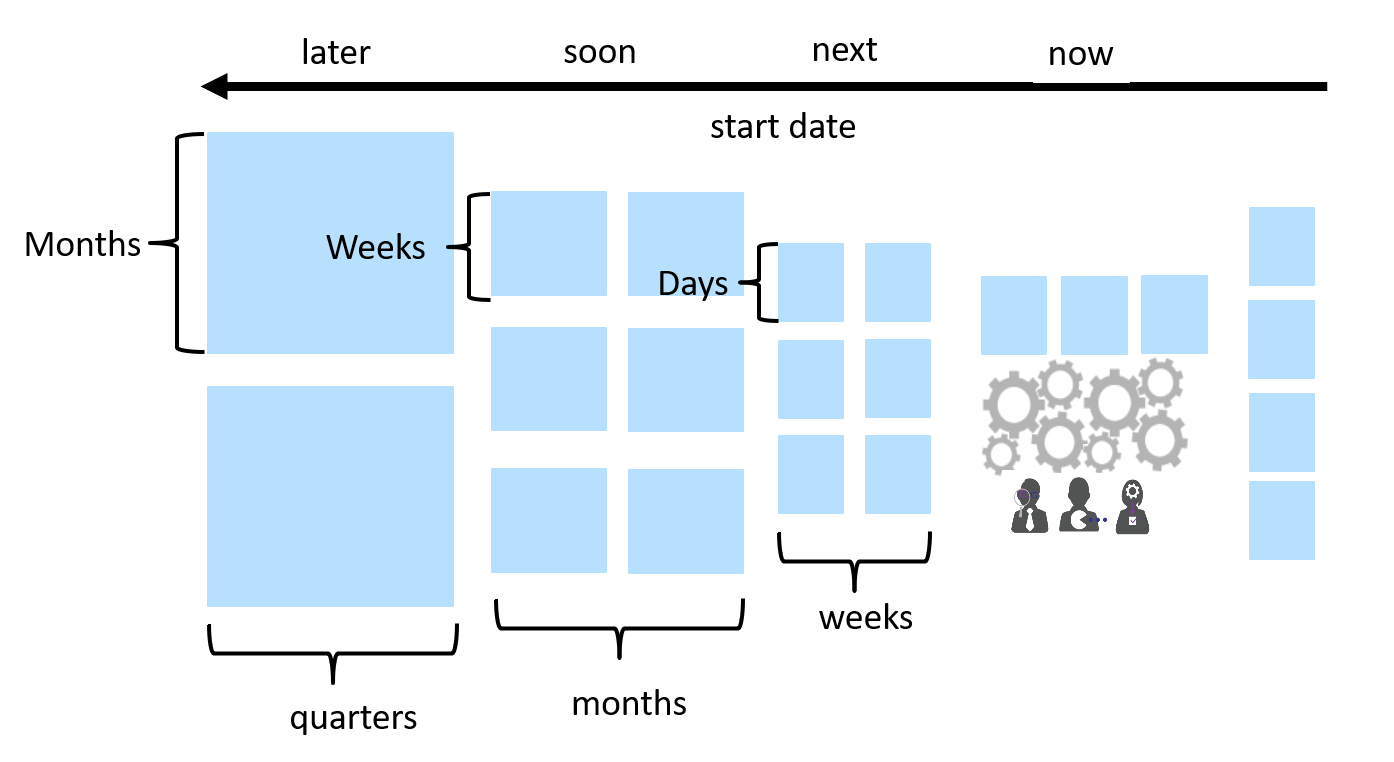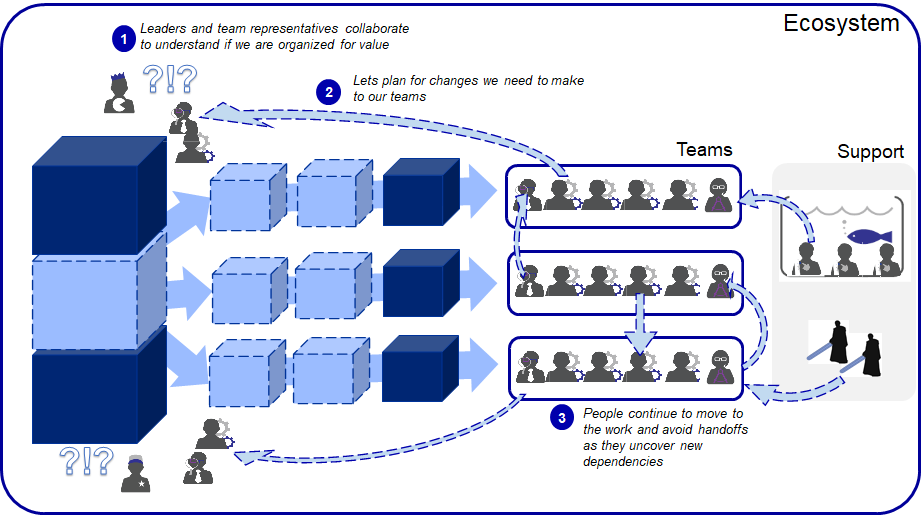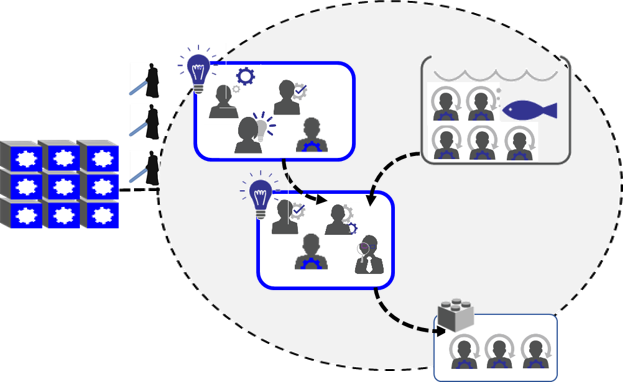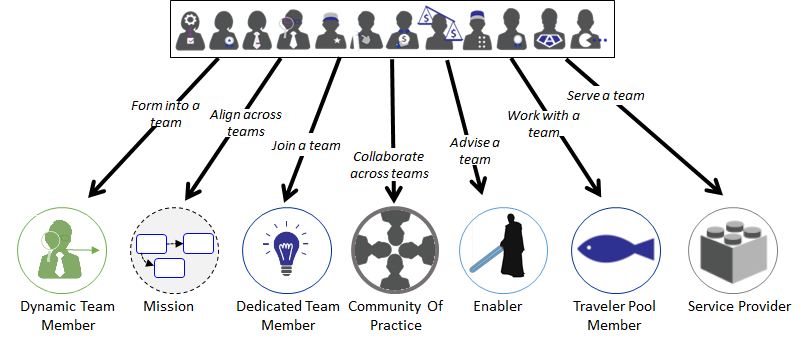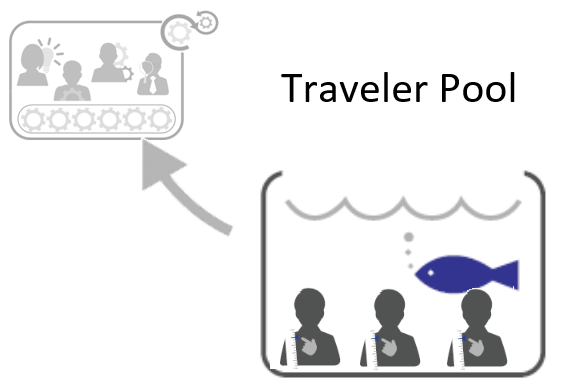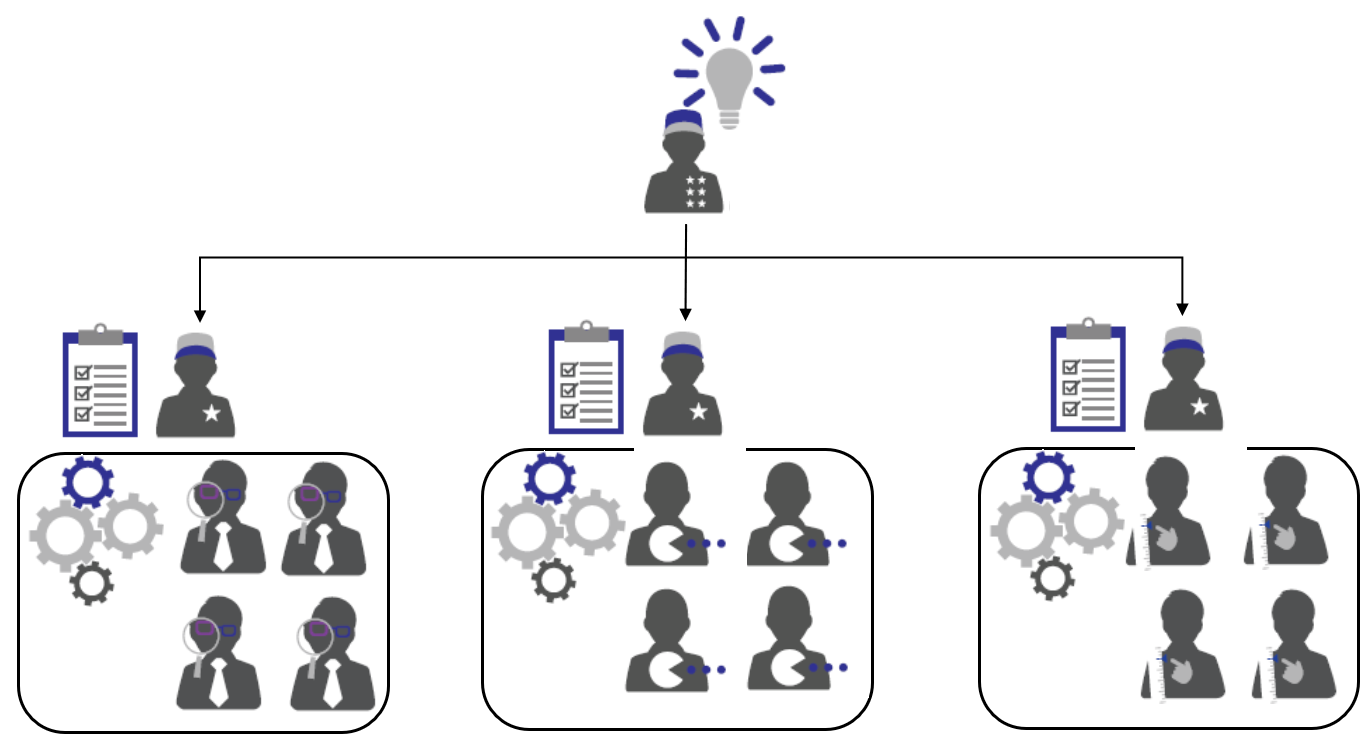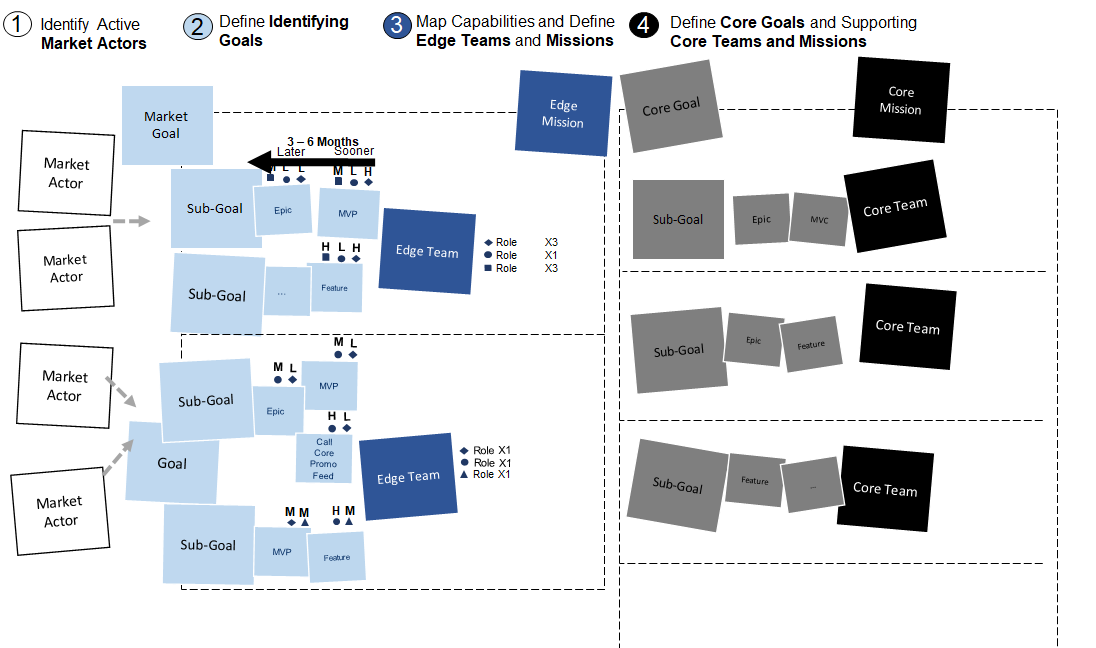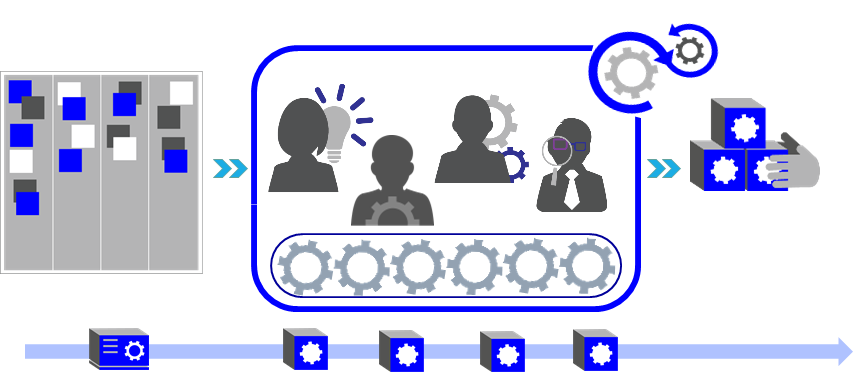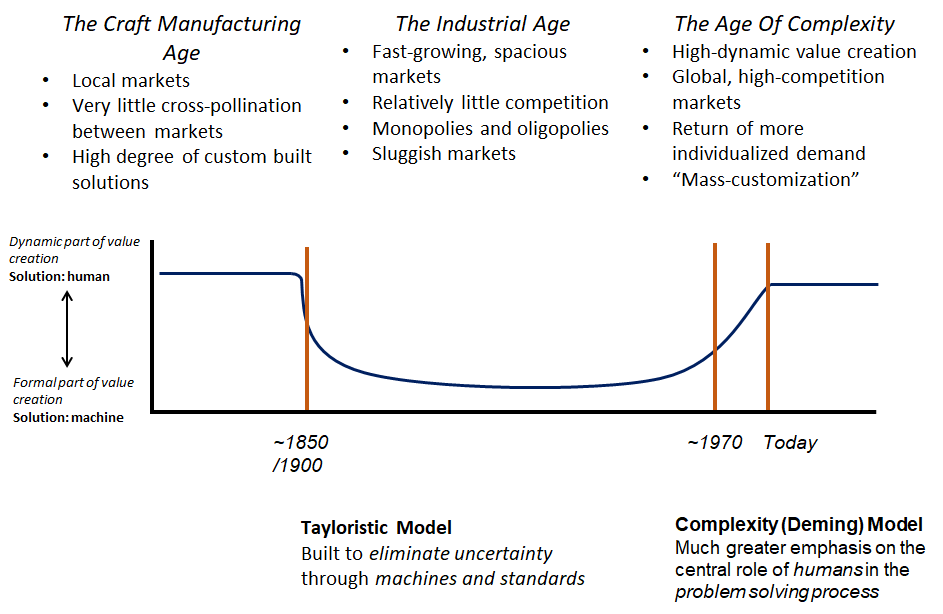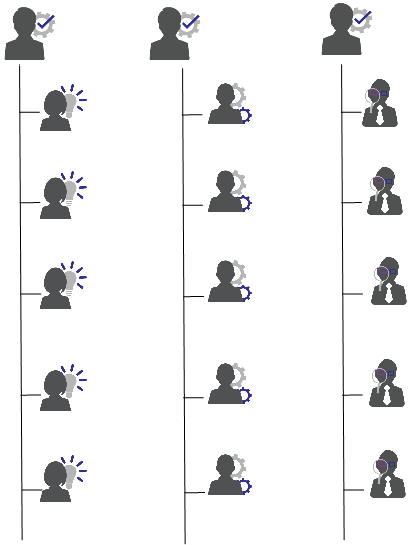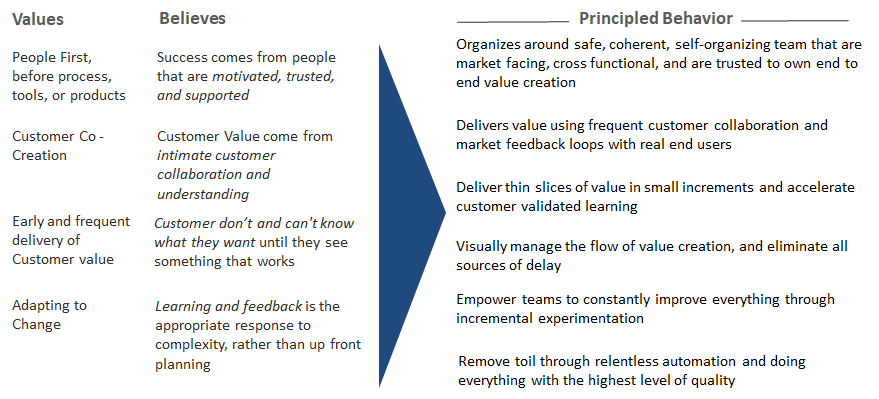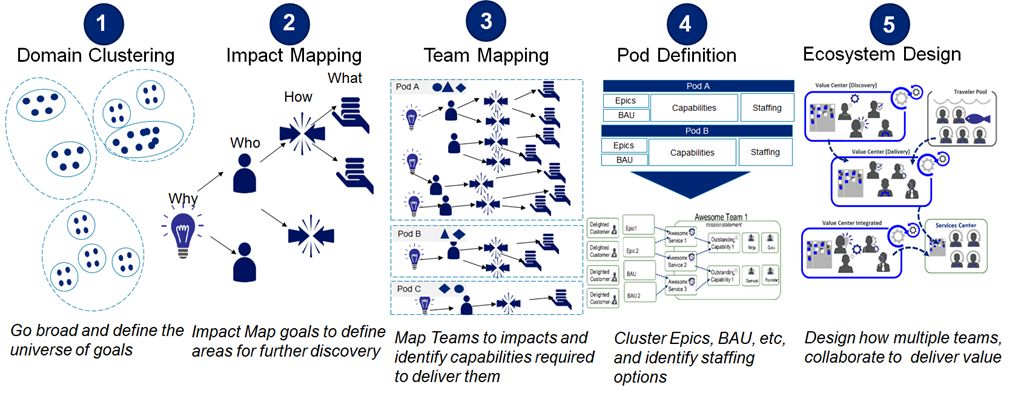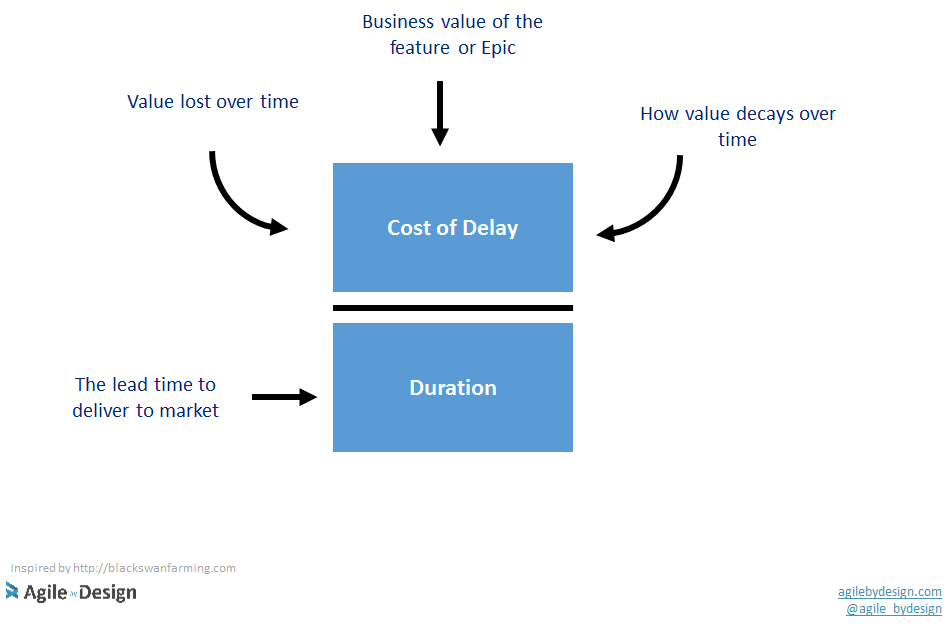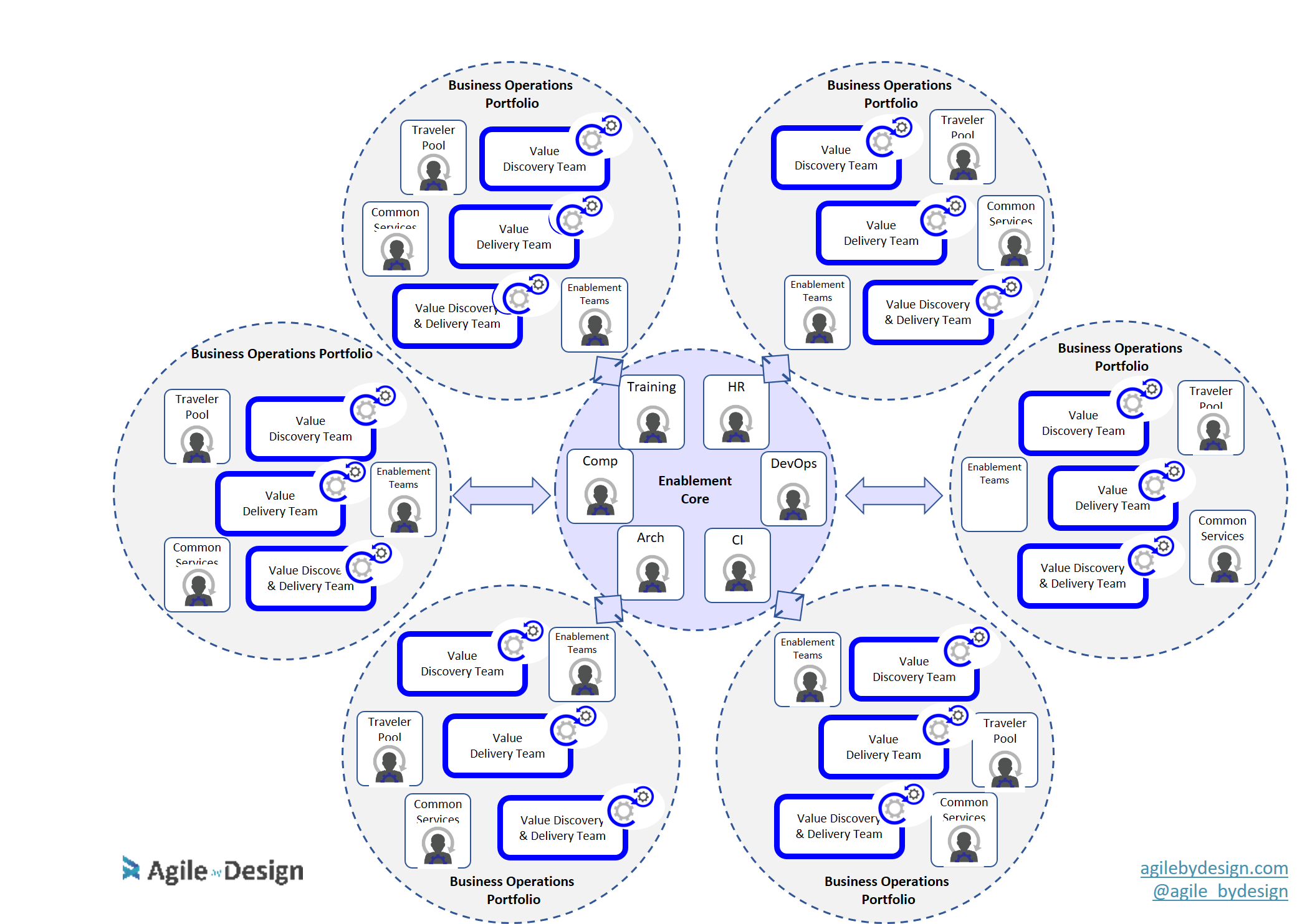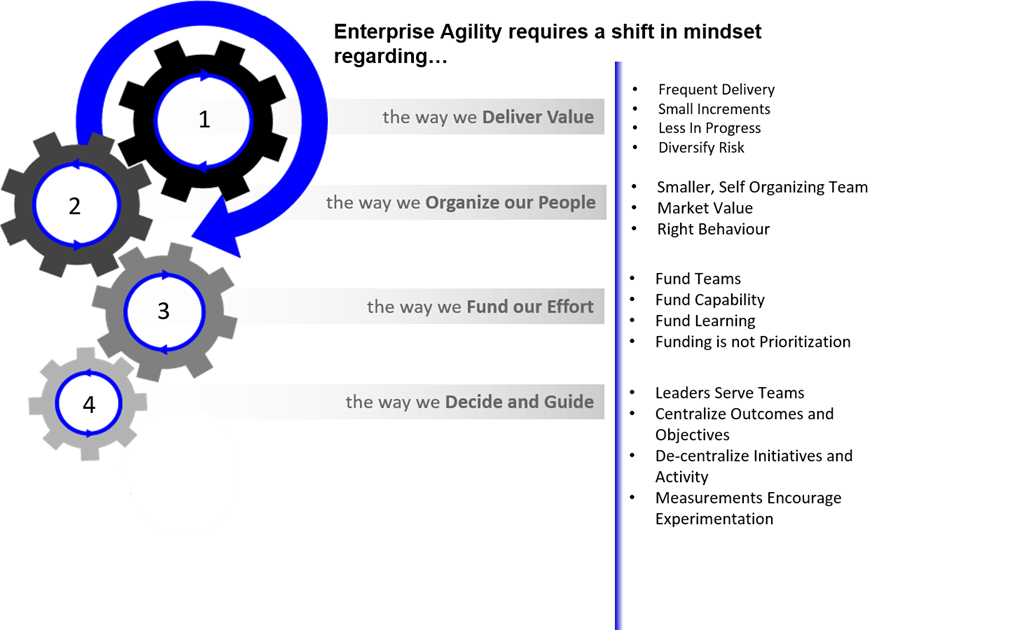I've worked with self-starting teams that enjoy the opportunity to discuss improvement opportunities. However, that is not always the case. It is unfortunately common for teams to struggle to see the value in getting together regularly and identifying areas for improvement. There are many possible reasons for this. Some are internally driven. A feeling of pride can give team members the feeling that discussing improvement areas would indicate that they are doing a poor job. It may also be the case the culture of the organization has turned continuous improvement into a method to micro-manage teams.
There is a retrospective approach that cuts through the fluff and focuses on real data. This approach also decreases the number of meetings the team needs to participate in. Both these factors may cause excitement resulting in more meaningful insights.
How It Works
We help teams build Cumulative Flow Diagrams to help them manage the delivery of their initiative. During our biweekly planning sessions, we'd review our plan against the actual work on the board and update the CFD. We'd call out if we are on track or if we are behind, and if so, by how much.

The team is on track as of August 16th with actual progress in line with projected.

The team is slightly ahead in analysis and development but has fallen behind in story and feature testing as of August 23rd
Now, we typically don't stop there. We discuss how far behind we are and ask ourselves; are we concerned about this? What has contributed to getting into this situation? What are we going to do about it? Is there a risk to our delivery date?

Three issues identified and visualized
We then proceed to identify the root cause of each identified slow down and come up with actionable improvement items or experiments that the team is going to strive to implement during the following sprints.

Two identified and visualized improvement items to implement
What we found is during the span of a 30-60 minute session we were able to update our plan and have a meaningful, safe and open discussion around issues and solutions.
To finish it off, after the experiment has been conducted we add in an outcome sticky as a way to measure how the good and the bad of the experiment and how it affected our plan.

By doing this, it provides a comprehensive story of what the team was experiencing week over week and what they did about it. By doing this you allow for the learnings to pollinate all across the organization in a much quicker way.
Common Retrospectives
Commonly retrospectives are conducted in far off, closed-door rooms away from where the magic happens. Now there is definite value in finding a safe place to discuss. Removing ourselves from the working area allows us to feel safer, and come up with more creative improvement items. I propose a balanced approach between data-driven and closed room retrospectives.
Give It A Try!
Next time you go to update your plan, use this approach and gauge the difference in the quality and quantity of improvement items your team identifies. Remember this isn't a one-size-fits-all concept. Like most things in the agile world, it's part art, part science. Give it a try, but ultimately pivot based on team response and feedback.








